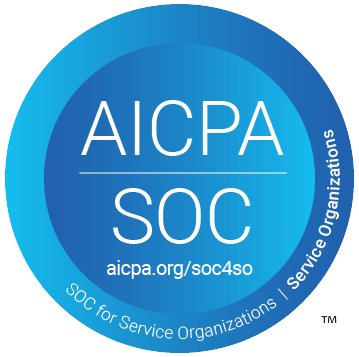Compliance

SOC 2 Type 2
Security, Confidentiality, Privacy For the period October 25, 2023 to June 25, 2024
Monitoring
C-Change Labs has implemented each of the following security or risk controls. They are continuously monitored via Secureframe and audited at least annually by a qualified auditor for each security framework (currently SOC2).
Subprocessors
Microsoft Corporation (Microsoft Azure)
Cloud Service Provider; USA
Google Inc.
Cloud Service Provider; USA
Amazon Web Services, Inc.
Cloud Service Provider; USA
Box.com
Shared storage of management reports. Enterprise subscription. Located in USA
SendGrid, Inc
Cloud-based Email Notification Services; USA
Asana, Inc
Cloud-based Issue Tracking Services; USA
Usersnap, Inc.
Cloud-based Customer Support Services; Austria
Heroku
Web hosting for tallyLCA; USA
Autodesk
OPTIONAL INTEGRATION Cloud-based construction data storage and sharing; USA
Resources
Privacy Notice
Confidentiality Notice
Report a Security Issue
Penetration Testing - Cloud 2023
Manual Cloud Penetration Test Summary 2023-09-06
Penetration Testing - App 2023
Manual App Penetration Test Summary, 2023-09-06
SOC 2 Type 1 Report
SOC 2 TYPE 1 Report on EC3 and tallyCAT Applications and Controls Relevant to Security, Availability, and Confidentiality As of October 25, 2023
SOC 2 Type 2 Report
Relevant to Security, Confidentiality, Privacy For the period October 25, 2023 to June 25, 2024
